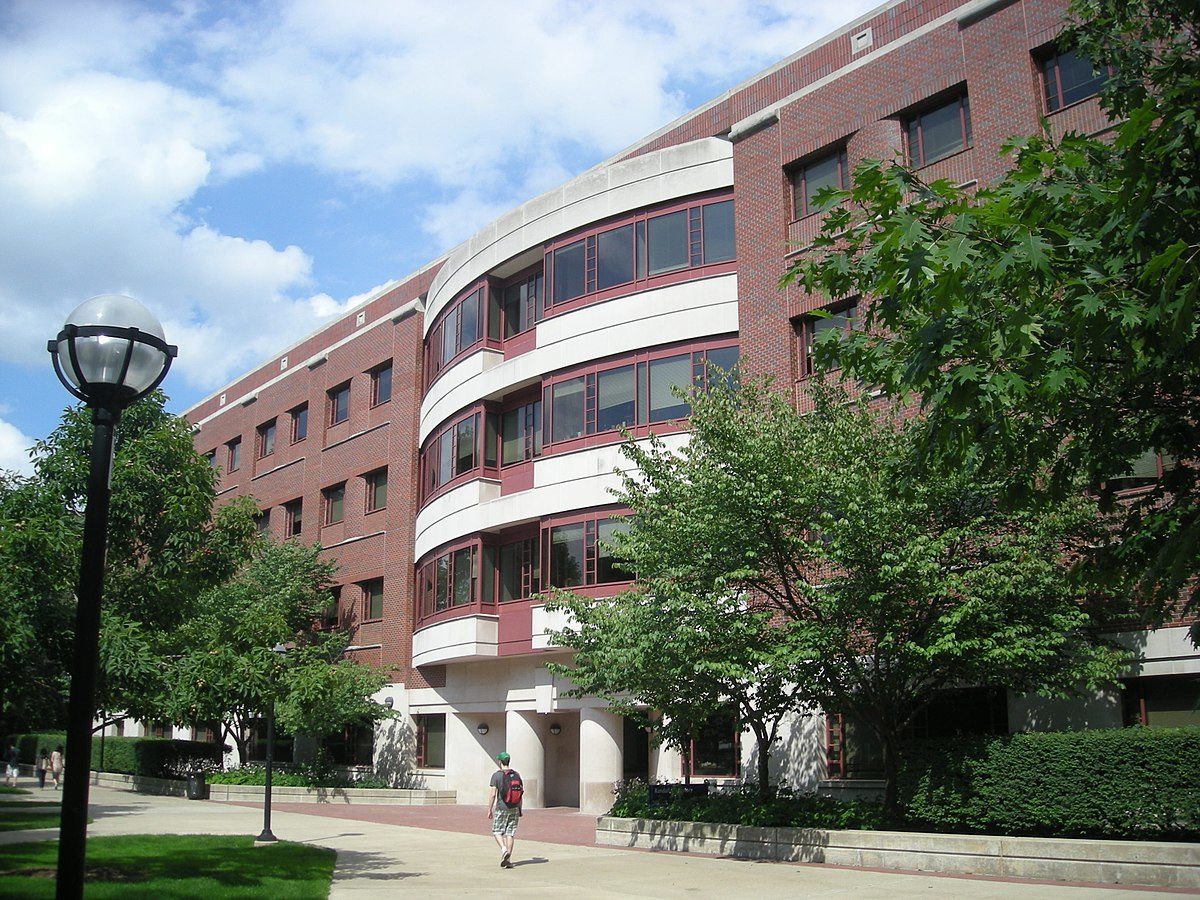University of Michigan scientists have demonstrated an organic solar cell with 15% efficiency, a new record for cells of such material. The cells measured 2mm² and utilize a two-layer ‘tandem’ set up, with one layer tuned to absorb visible light and the other infra-red.
The cells are described in the paper High fabrication yield organic tandem photovoltaics combining vacuum and solution processed subcells with 15% efficiency, published in the journal Nature. The researchers combined a solution processed non-fullerene-acceptor-based subcell – capable of absorbing near-infra red light of up to 950 nanometers in wavelength, on top of a fullerene-based subcell grown by vacuum thermal evaporation – able to absorb visible light from 350 nanometers wavelength.
The process for stacking the cells was developed by the University of Michigan, and utilized interconnecting layers to prevent damage to the bottom cell, without impairing light absorption. “By themselves, the cells achieve 10- to 11-percent efficiency. When we stack them together, we increase light absorption and efficiency improves to 15 percent with an antireflection coating.” explains Xiaozhou Che, lead author of the paper.
“That's considered a difficult process because there's a chance the liquid used in processing the top cell will dissolve the layers already deposited underneath.”
While the cells produced here are far smaller than any commercially available solar cell, the researchers point out that the technology could in future be used to create cells on rolls that can be bent around any structure, and made transparent or a variety of colors.
The team created more than 130 devices with areas up to 1cm², and note that their design achieved 95% fabrication yield. The researchers now plan to work further on increasing the cells' light absorption, and minimizing energy losses. The team says that based on its calculations, it expects to boost the tandem cell’s efficiency as high as 18% in the near future.
This content is protected by copyright and may not be reused. If you want to cooperate with us and would like to reuse some of our content, please contact: editors@pv-magazine.com.




1 comment
By submitting this form you agree to pv magazine using your data for the purposes of publishing your comment.
Your personal data will only be disclosed or otherwise transmitted to third parties for the purposes of spam filtering or if this is necessary for technical maintenance of the website. Any other transfer to third parties will not take place unless this is justified on the basis of applicable data protection regulations or if pv magazine is legally obliged to do so.
You may revoke this consent at any time with effect for the future, in which case your personal data will be deleted immediately. Otherwise, your data will be deleted if pv magazine has processed your request or the purpose of data storage is fulfilled.
Further information on data privacy can be found in our Data Protection Policy.